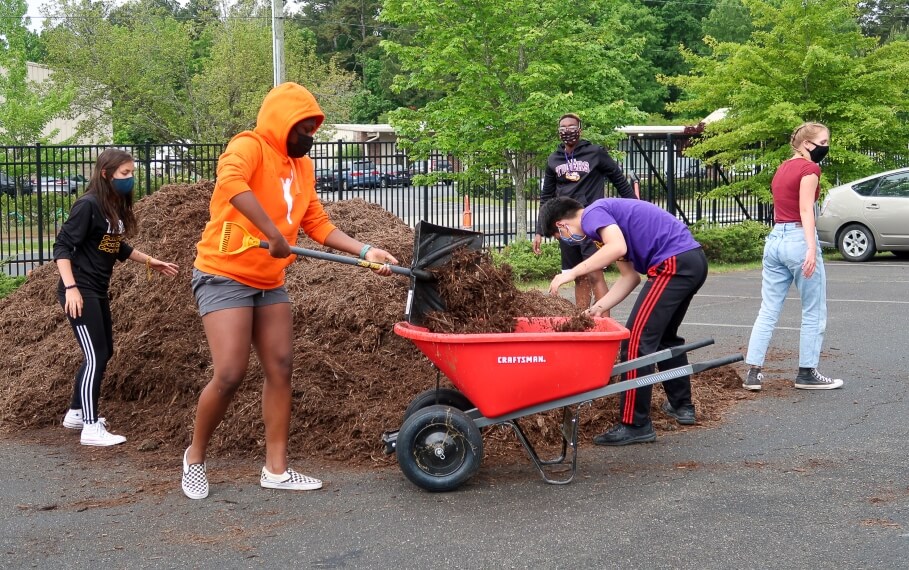December 2, 2021
In the Ditmore household, we’ve entered the treacherous territory of having a new walker among us. As our one-year-old Freddie’s stocky legs haphazardly move him around the room, I’m finding myself constantly scanning for the nearest danger and clearing it out of his way. While I clearly have a responsibility to ensure the physical safety of my child, this instinct has me questioning if clearing every possible hazard in his path is the right way to go. If a clear path is constantly and swiftly laid before him, he’ll never learn what to do when the inevitable book, ball, or rug-corner presents a challenge. So, when he is cruising around with his push-toys, hits a corner, and looks back at us with that toddler grunt (the kind that tells us we’re really ‘in for it’ in these years to come), we supportively tell him to “figure it out.”
I am new to the parenting game, and I am finding that I have to fight these path-clearing instincts more than I expected. Especially in these times we live in, it’s so tempting to do everything we can to ensure smooth sailing for our children. While nice to know they’re comfortable and safe in the short term, this is neither sustainable nor realistic, and shielding them from all foreseeable challenges undoubtedly hinders their ability to build resilience on their own. In school, children will face challenges. There might be a difficult social situation, a project or test that overwhelms them, or days or seasons that simply feel hard. Rather than shield them from these moments, or help to find ways around them, it’s important for our students to learn to face what feels hard, knowing that they have a team of adults to support them. How we respond to adversity is what shapes us, and life’s teaching moments provide us with ample opportunities to learn these lessons early and often.

